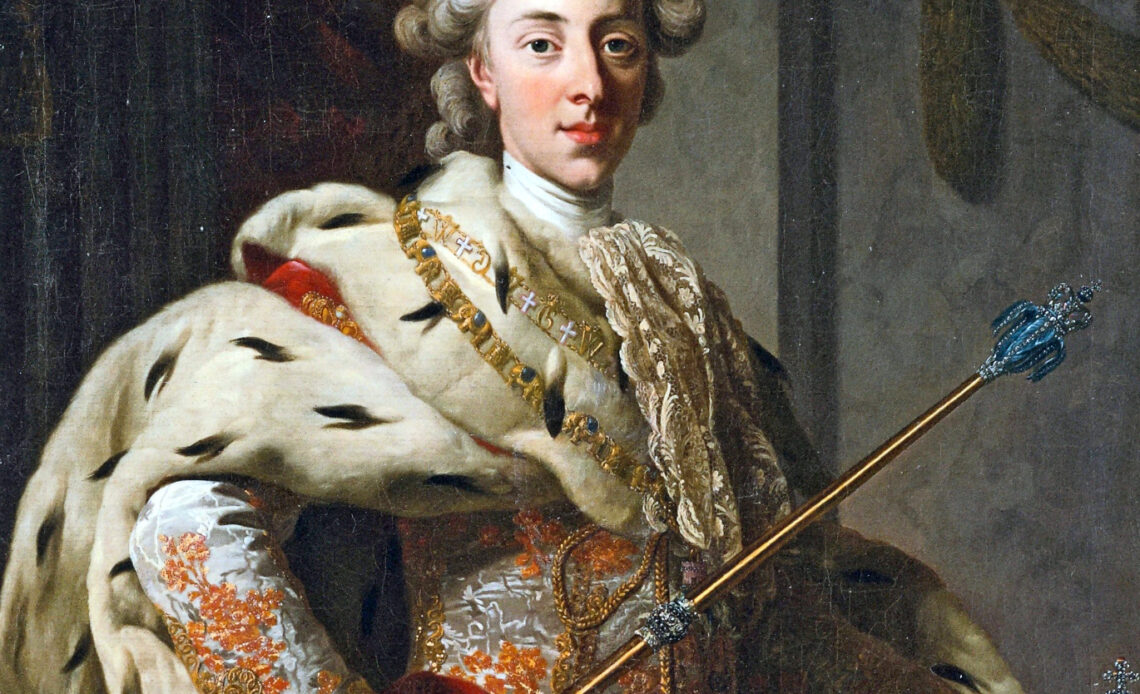
As an heir to the Danish throne is set to mark his 18th birthday, we take a look at the King Christians of Denmark.
Christian I
The first King Christian was elected to take over the throne after his predecessor, King Christopher of Denmark, Sweden, and Norway, died without natural heirs.
Christian’s uncle was the most prominent feudal lord left in the Danish realms and was offered the Danish throne, but he declined and recommended his nephew for the position. Christian could only assume the throne after he promised to follow the constitution and marry the dowager Queen Dorothea.
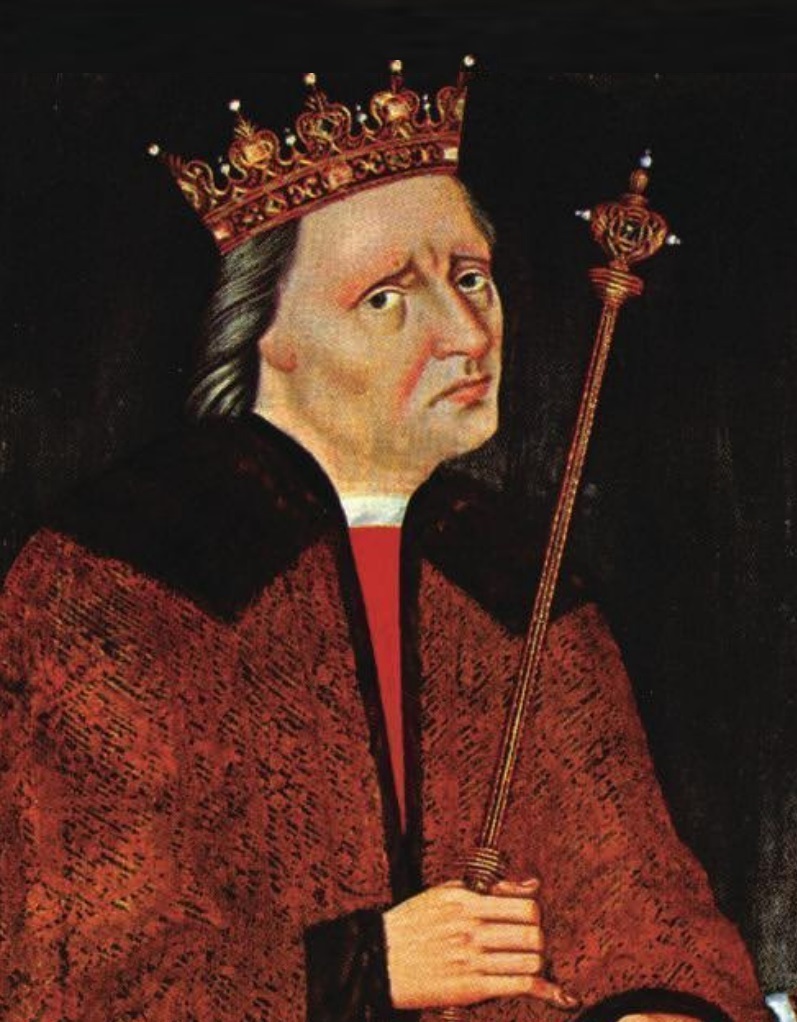
With the death of King Christopher came a temporary end to the Kalmar Union, which saw a single monarch reign over the Scandinavian countries of Denmark, Sweden and Norway. Christian would later claim kingship over Sweden from 1457 to 1464 until the country broke away, and Norway from 1450 to 1481. Sweden would later rejoin the Kalmar Union, but not in Christian’s lifetime.
Christian I reigned from 1448 to 1481, dying at the age of 55. His greatest legacy is that he founded the House of Oldenburg, through which Queen Margrethe is connected.
Christian II
One of Denmark’s kings with the worst reputations, today King Christian II is regarded as a tyrannical despot who went to war with Sweden in an attempt to keep control over the kingdom. This terror led to the Stockholm Bloodbath, which saw the murder of members of the Swedish nobility and clergy, among others, and cemented his reputation throughout Europe.
He was deposed in Sweden by Gustav Vasa, who the Swedish Royal Family has spent the year honouring alongside King Carl XVI Gustaf. With Gustav Vasa, Sweden finally left the Kalmar Union and has been governed independently ever since.
In Denmark, Christian II was not popular either and attempted to bring about a reform to the nobility that saw them exile their king permanently. He gave up his throne to his uncle, Frederick I, and after a failed attempt to regain his kingdom in 1531, he was arrested and lived in captivity until his death in 1559.
Christian III
Christian III was the son and heir of Frederick I, who took the throne from his nephew in 1523. After his father’s death in 1533, he was proclaimed king, but his Lutheran views alienated him from the Rigsraad, which was made up of largely Roman Catholic nobility, who refused to support him.
Instead, they reached out to Count Christopher of Oldenburg in an attempt to restore Christian II to the throne. This led to the two-year Count’s Feud that split the country, though victory ultimately landed at Christian III’s feet.
Today, King Christian III’s biggest contribution to Denmark may be his establishment of Lutheranism as the state religion. He reigned from 1534 to 1559 and was succeeded upon his death by his son Frederick II.
Christian IV
The longest-reigning monarch in Danish history, Christian IV is often regarded as one of the country’s most popular monarchs, both contemporaneously and by modern historians.
Christian IV came to the throne at the age of ten, following the death of his father, Frederick II, and reigned with a regency council until he reached his majority. At 19, he was officially recognised as Denmark and Norway’s sovereign and enjoyed a coronation.
As king, he was hands-on in all matters related to the Crown and sent Denmark to fight in several wars. He visited Norway many times, more than any previous king and endeared himself to the people there. He was also well-regarded for matters related to arts and culture and engaged many artists throughout his reign.
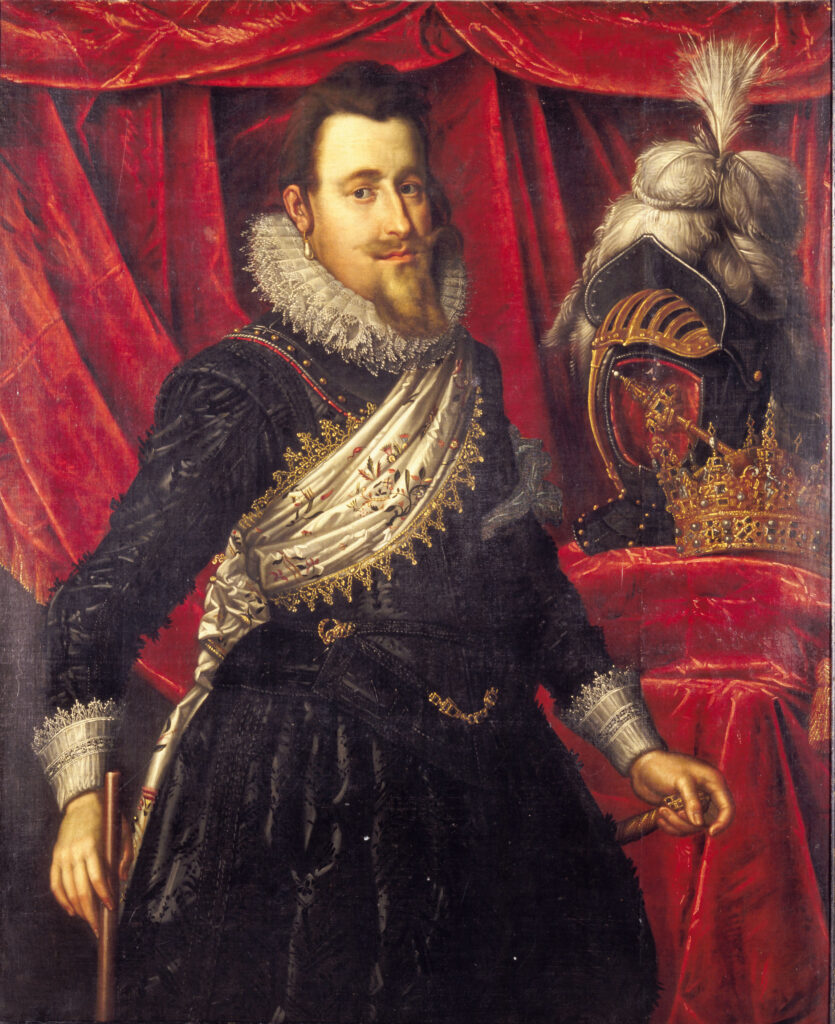
Christian IV reigned from 1588 to 1648 and married Anne Catherine of Brandenburg, with whom he had seven children. After he was widowed, he remarried Kirsten Munk and had an additional 12 children. He was succeeded by his son, Frederick III.
Christian V
King Christian reigned as an absolute monarch, the first to rule after the Danish-Norwegian king’s powers were regarded as absolute. Five years before he ascended the throne, hereditary succession was made the norm in Denmark and Norway, and when he was crowned in 1670, this led to the creation of Crown Jewels.
He was considered popular among the people, but for those who worked for him, he was regarded as poorly educated—particularly for his lack of fluency in languages other than German and Danish—and more focused on hunting and war.
He introduced the Danish Code in 1683 and the Norwegian Code in 1687, two pieces of law code and a land registry that mapped all properties in the kingdom.
Christian V reigned from 1670 to 1699 and was married to Queen Charlotte Amalie, with whom he had eight children, including his heir, Frederick IV. He died after a hunting accident and is buried in Roskilde Cathedral.
Christian VI
After a series of well-known monarchs, by comparison King Christian VI was relatively sedate. There were no wars under his watch, and he introduced compulsory confirmation and education to the kingdom.
He was a deeply religious and pious man, prone to keeping to himself and leading quietly rather than through forceful rule. He married Sophie Magdalene of Brandenburg-Kulmbach, with whom he had two children.
Christian VI reigned from 1730 to 1746, dying after a lifetime of poor health at the age of 49. He was succeeded by his son, Frederick V.
Christian VII
Christian VII was also a king whose reign was marred by personal scandals, including long periods of mental illness that left others largely in charge of running the absolute monarch’s kingdoms.
His father, Frederick V, had been in poor health for a while before succumbing to illness when Christian VII was 17. His wife, Caroline Matilda, is best remembered as the scandalous queen who had an affair with Johann Friedrich Struensee, the royal physician and was later exiled.
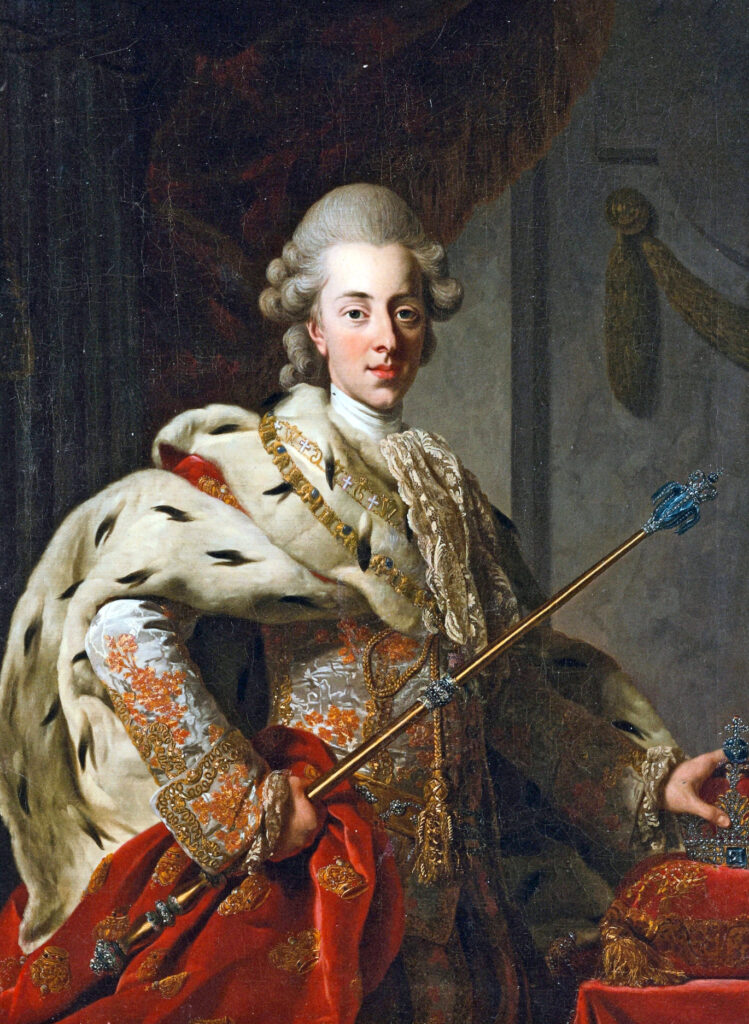
Struensee spent a period ruling in Christian VII’s name before he, too, was deposed and exiled, and after that, the King’s stepmother, siblings, and son helped rule the kingdom while he was infirm.
Christian VII reigned from 1766 to 1808, succumbing to a stroke at the age of 59. He was succeeded by his son, Fredrick VI.
Christian VIII
A very conservative king, Christian VIII lived very strictly and may be best remembered today as the last king of the senior line of the House of Oldenburg line.
King Christian VIII was married twice, and one of his few legitimate children was Frederick VII, who was not expected to have any legitimate children of his own. In his lifetime, he tried to rectify the succession issues that he feared would arise and started to put in place plans that would ultimately see Christian IX ascend the throne.
King Christian VIII reigned from 1839 to 1848, dying of sepsis at the age of 61.
Christian IX
The first monarch of the House of Glücksburg, King Christian IX, reigned from 1863 to 1906. His path to the Danish throne was paved by Christian VIII, who took steps to secure the succession after he predicted the demise of the House of Oldenburg.
Christian IX was part of a junior line, not in the line of Danish succession, but his claim was bolstered by his marriage to Louise of Hesse-Kassel, who was a member of the senior line. She renounced her claims to the throne, as did her immediate family, and the path to her husband’s throne was cleared.
In 1852 and 1853, the laws of succession were updated and made law, and in 1863, he ascended the throne. His reign was marked by legal and constitutional issues, and he only became popular in his later years.
Perhaps his greatest legacy is familial: his daughters became Queen Alexandra of the United Kingdom, Empress Maria Feodorova of Russia, and Crown Princess Thyra of Hanover; his son and heir was Frederick VII; and his other sons were King George I of Greece and Prince Valdemar. His descendants include the UK’s King Charles III, Queen Margrethe II, King Harald of Norway, King Philippe of the Belgians, King Felipe of Spain, Grand Duke Henri of Luxembourg, and Crown Prince Pavlos of Greece.
Christian X
King Christian X is best remembered today as a symbol of Danish strength during the German Occupation in the Second World War, riding his horse through the streets of Copenhagen every morning to symbolise his role as one of unity amongst the people.
King Christian X reigned from 1912 to 1947, dying at the age of 76. His children included King Frederick IX and Prince Knud, Hereditary Prince of Denmark. His brother became King Haakon VII of Norway, under a modern, independent Norway, and his relatives included King George V of the United Kingdom, Queen Maud, Tsar Nicholas II, and King Constantine I of Greece.
Queen Margrethe
As Denmark’s first modern queen regnant, Queen Margrethe has reigned in Denmark since 1972 — she’s currently Europe’s longest-reigning monarch. Her father was King Frederick IX, and as he had only daughters, the rules of succession were changed to allow women to inherit the throne.
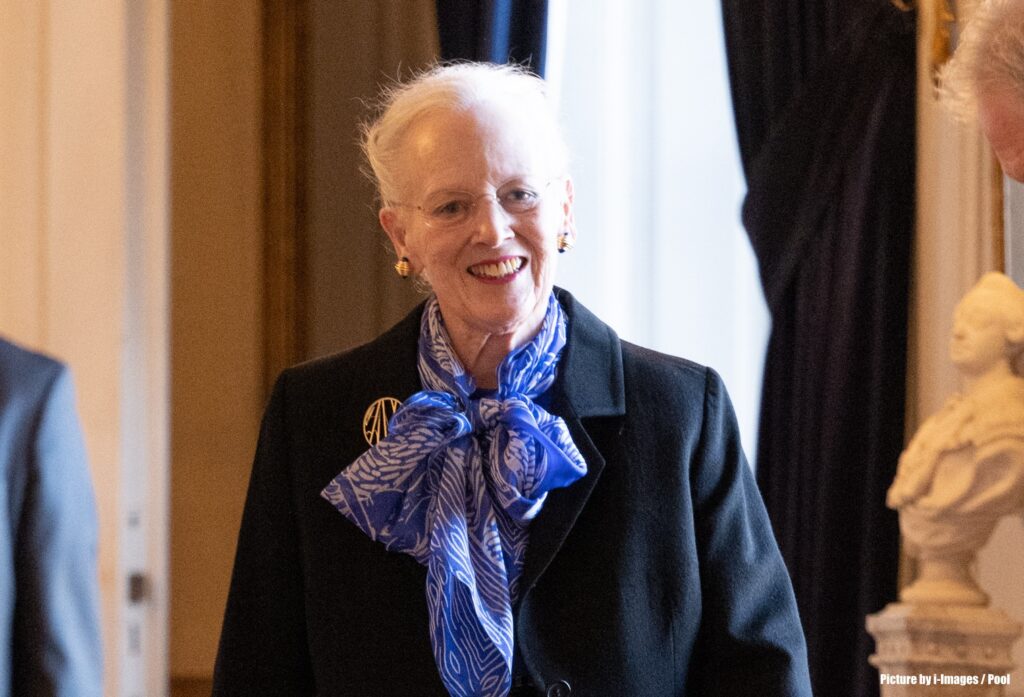
Queen Margrethe treats herself as a ‘Christian’ in the line of Frederiks and Christians, and named her son Frederik to continue the tradition.

